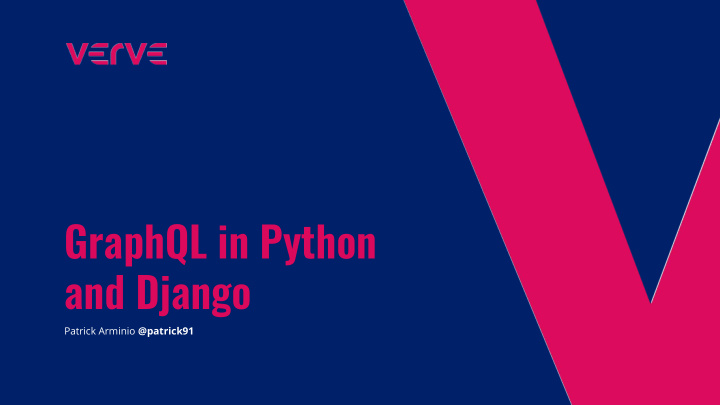



Authentication When using GraphQL with HTTPs you have 3 options for authentication: Sessions ● HTTP Headers ● Field arguments ●
Sessions Basically you rely on the browser sending cookies to your backend service, this works pretty well with Django. Good when you an API that works only with your frontend and when you don’t have a mobile application.
Headers You can use headers when you have third party clients accessing your API or when you have a mobile app. Usually it is used in combination with JWT tokens.
Field params This might be a good solution when you only have a few fields that require authentication. It could work like this: { myBankStatement(token: "ABC123") { date amount } }
Security
Quite easy to create “malicious” queries
{ thread(id: "some-id") { messages(first: 99999) { thread { messages(first: 99999) { thread { messages(first: 99999) { thread { # ...repeat times 10000... } } } } } } }
Solution for “malicious” queries To prevent bad queries to happen we can adopt various solutions: Timeouts ● Limits on nested fields ● Query cost ● Static queries ●
Timeouts Check how long a query is taking, if it is taking more than 1 second you can kill it. Prevents huge queries from DOS-ing your server ● Prevents long waiting time ●
Limit on nested fields You can parse the incoming GraphQL request and deny queries that are requesting for fields that are too nested. For example you can only allow for maxing 3 levels of nesting and no more. Easy solution when you don’t need complex checks.
Recommend
More recommend